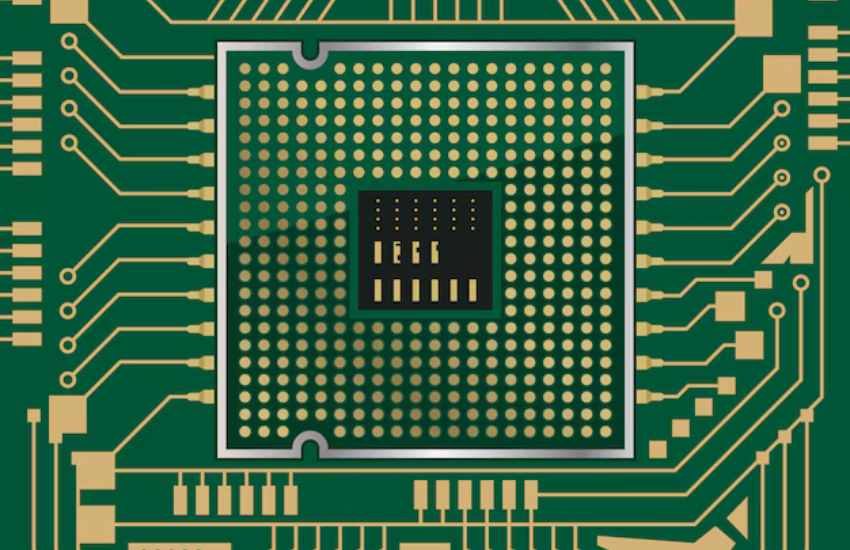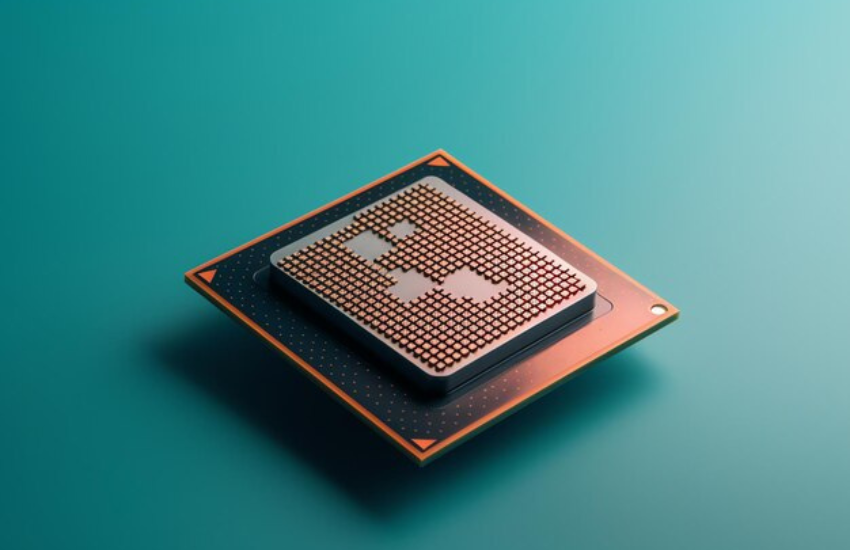The pentium iii 866eb meaning was a part of the successful Pentium III series launched by Intel in the late 1990s and early 2000s. This particular model, the 866EB, was notable for its clock speed of 866 MHz and the “EB” designation, which indicated specific features that differentiated it from other models in the series. Understanding the Pentium III 866EB involves delving into its technical aspects, historical significance, and performance characteristics.
Historical Context and Development
Intel released the Pentium III series in February 1999, succeeding the Pentium II processors. The series was designed to enhance multimedia performance, internet capabilities, and overall computing power. The 866EB model, introduced later in the series’ lifecycle, represented an incremental upgrade over earlier models, aiming to provide higher clock speeds and improved performance.
Technical Specifications
The Pentium III 866EB featured:
- Clock Speed: 866 MHz
- Bus Speed: 133 MHz
- Cache: 32 KB L1 and 256 KB L2 cache
- Process Technology: 0.18-micron fabrication process
- Instruction Set: MMX, SSE (Streaming SIMD Extensions)
- Socket: Socket 370
These specifications highlighted the processor’s capabilities, positioning it as a high-performance option for desktop computers at the time.

Architecture and Design
The Pentium III 866EB utilized Intel’s advanced microarchitecture, incorporating features like the P6 microarchitecture that was first seen in the Pentium Pro. The 866EB’s design included improvements in branch prediction, data caching, and pipelining, which contributed to better performance in various computing tasks.
Performance Features
The 866EB model was distinguished by its “EB” designation, where:
- E stood for support for the Enhanced SpeedStep technology, which allowed for dynamic adjustment of voltage and clock speed to reduce power consumption.
- B indicated a 133 MHz front-side bus (FSB), compared to the standard 100 MHz FSB in other models.
These features allowed the 866EB to offer superior performance and efficiency, especially in multimedia and internet applications.
Comparison with Other Pentium III Models
Compared to its counterparts, the Pentium III 866EB stood out due to its higher clock speed and enhanced bus speed. Models like the 800E and 733 differed mainly in their clock speeds and bus speeds, with the 866EB often outperforming them in benchmark tests.
Applications and Use Cases
The Pentium III 866EB was widely used in:
- Desktop Computers: Offering robust performance for everyday computing tasks.
- Workstations: Providing the necessary power for more demanding applications like graphic design and video editing.
- Gaming: While not as powerful as modern gaming processors, it supported many contemporary games and multimedia applications.
Compatibility and Upgrade Options
The processor was compatible with motherboards featuring the Socket 370 interface and the Intel 440BX chipset. Upgrading from earlier Pentium III models was straightforward, provided the motherboard supported the higher bus speed.
Power Consumption and Thermal Management
The Pentium III 866EB’s Enhanced SpeedStep technology played a crucial role in managing power consumption, reducing it during less intensive tasks. Proper cooling solutions, including heatsinks and fans, were essential to maintain optimal operating temperatures.
Market Reception and Legacy
Upon its release, the Pentium III 866EB was well-received for its performance and reliability. It maintained a solid reputation among users and is still remembered as a significant step in Intel’s processor development history.
Troubleshooting and Maintenance
Common issues with the Pentium III 866EB included overheating and compatibility problems with some motherboards. Regular maintenance, such as cleaning the cooling system and ensuring firmware updates, helped mitigate these issues.
Overclocking Potential
Enthusiasts often explored overclocking the 866EB to achieve higher performance. While the processor had some overclocking headroom, stability and heat management were critical considerations.
Pentium III 866EB in Modern Context
Today, the Pentium III 866EB is considered obsolete for mainstream computing but holds value for vintage computing enthusiasts and collectors. It represents a milestone in processor technology and the evolution of personal computing.

Common Issues and Solutions
Frequent problems with the Pentium III 866EB included:
- Overheating: Solved by upgrading the cooling system.
- System Instability: Addressed through BIOS updates and ensuring compatible hardware.
- Performance Bottlenecks: Mitigated by optimizing system settings and hardware configurations.
Conclusion
The Pentium III 866EB was a pivotal processor in Intel’s lineup, offering advanced features and reliable performance. Its legacy endures in the annals of computing history, highlighting the progress made in processor technology.
FAQs
Q1: What does the “866EB” in Pentium III 866EB mean?
A1: “866” refers to the processor’s clock speed in MHz, and “EB” indicates Enhanced SpeedStep technology and a 133 MHz front-side bus.
Q2: Can the Pentium III 866EB be used in modern computers?
A2: It is largely obsolete for modern computing needs but can be used in vintage or specialized applications.
Q3: How do I troubleshoot overheating issues with the Pentium III 866EB?
A3: Ensure proper cooling with heatsinks and fans, and consider reapplying thermal paste.
Q4: Is overclocking the Pentium III 866EB safe?
A4: Overclocking can be done but requires careful thermal management and stability testing.
Q5: What are the main features of the Pentium III 866EB?
A5: Key features include an 866 MHz clock speed, Enhanced SpeedStep technology, and a 133 MHz front-side bus.
Q6: Where can I find compatible motherboards for the Pentium III 866EB?
A6: Look for motherboards with Socket 370 and support for the Intel 440BX chipset.


